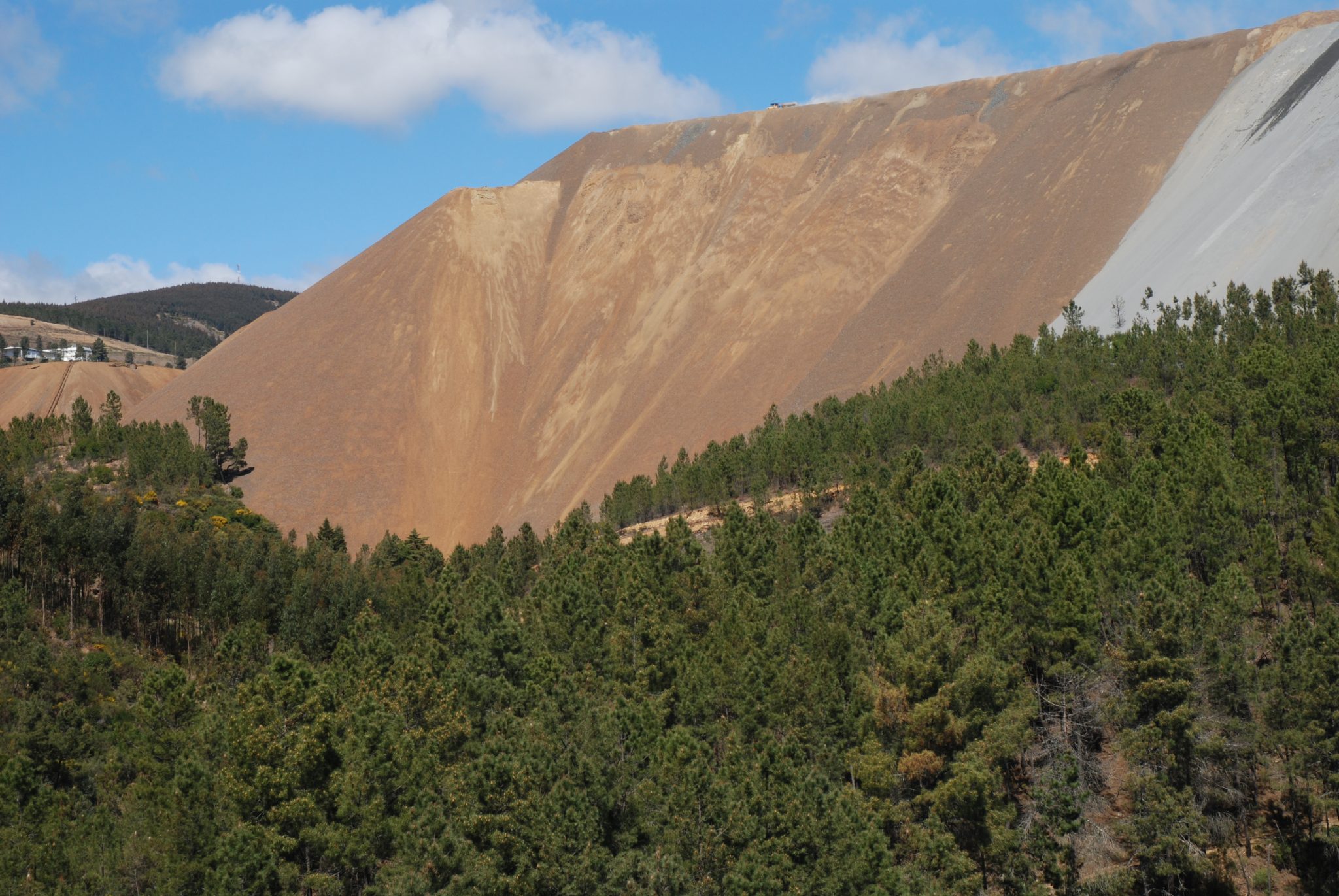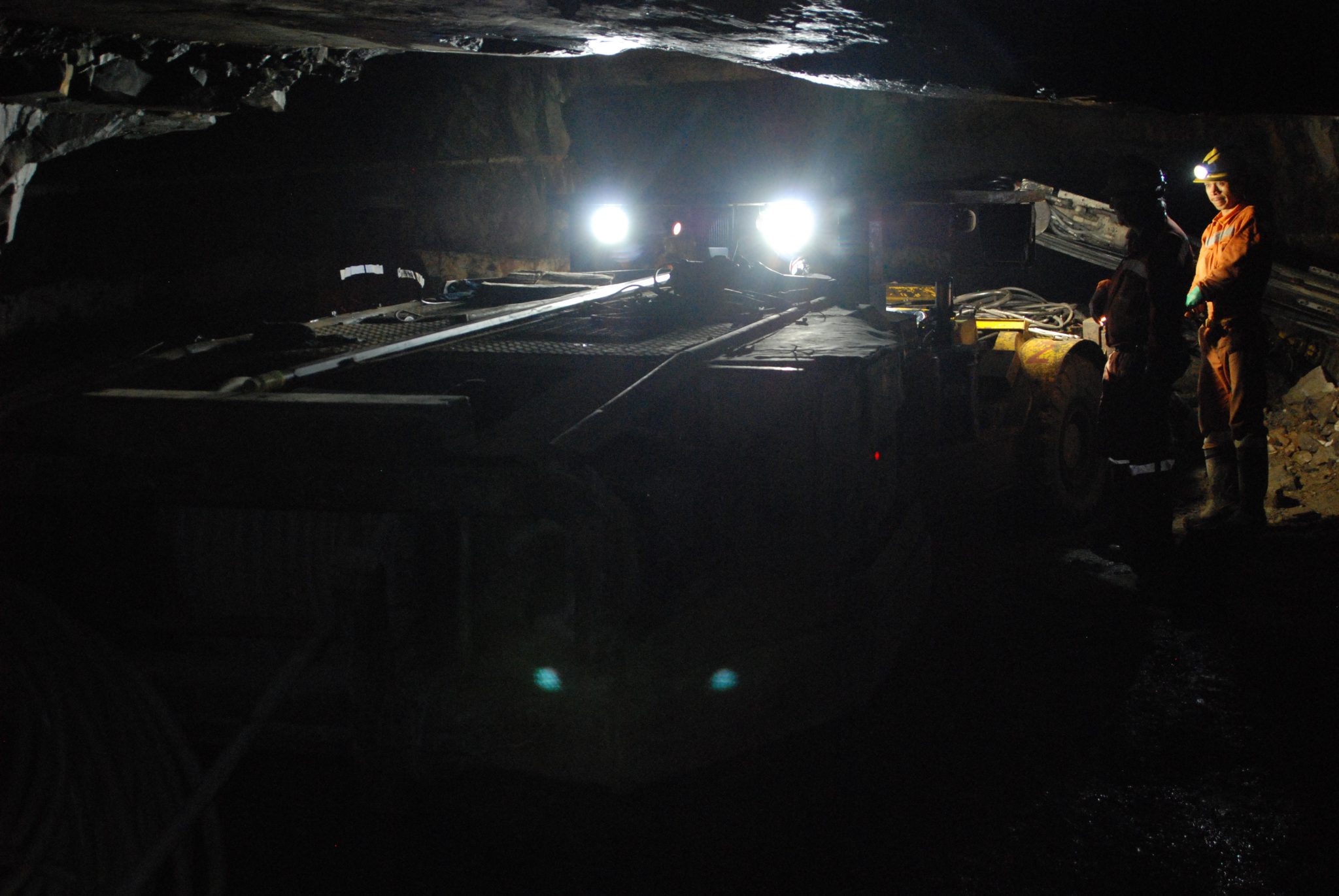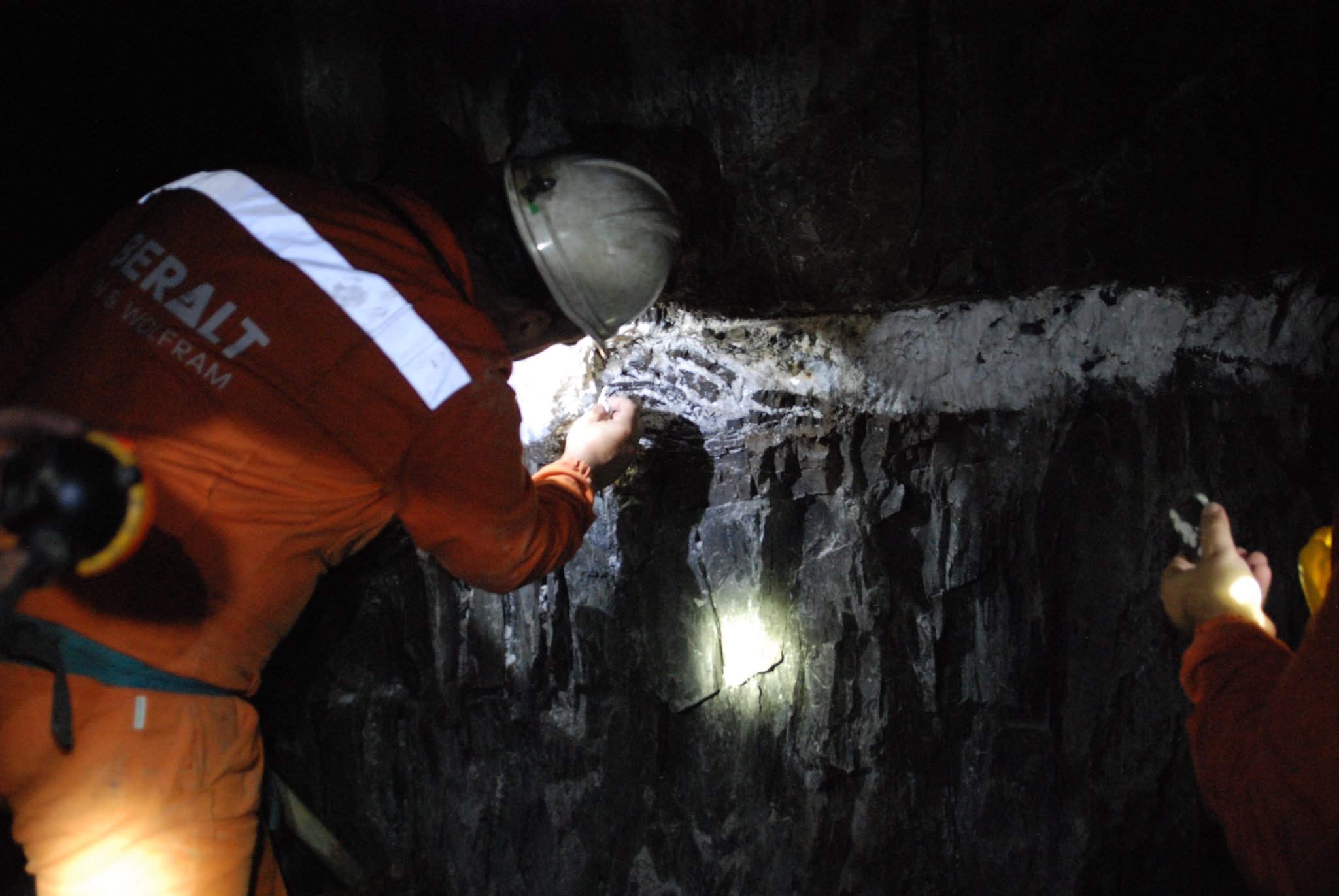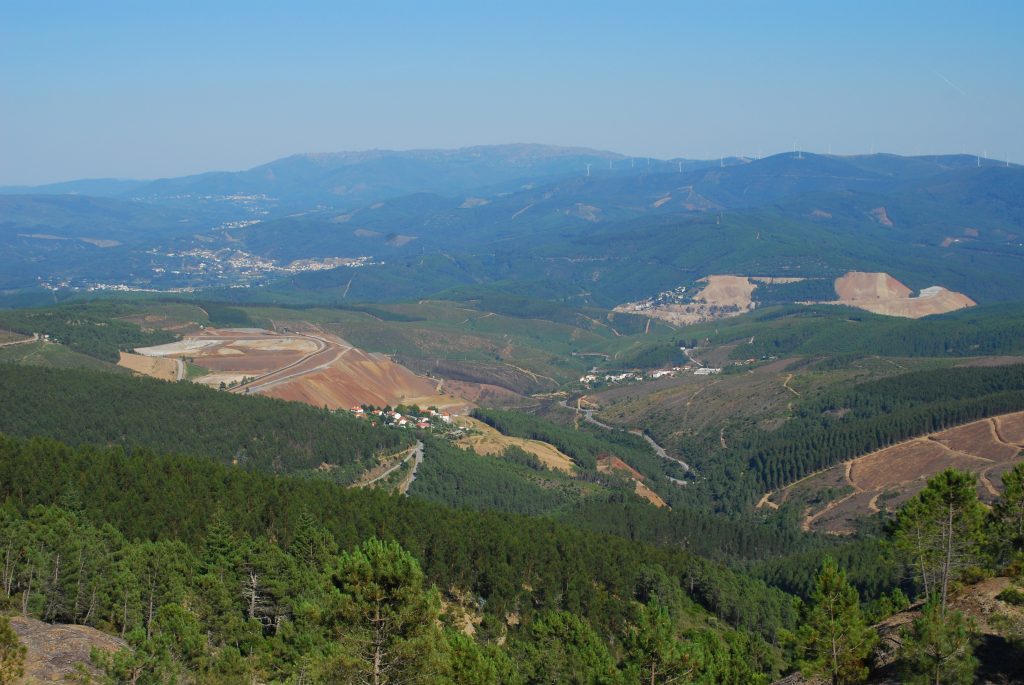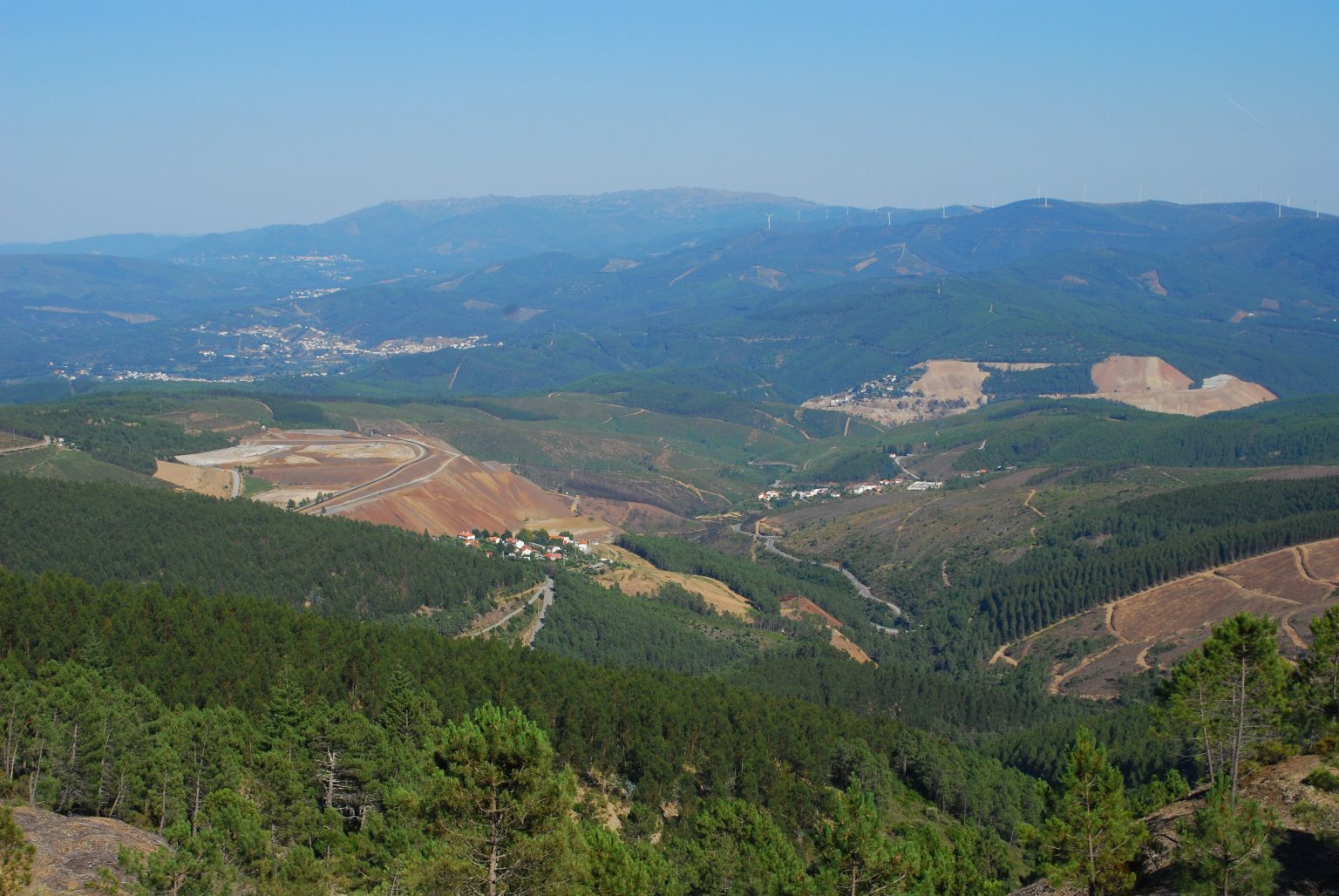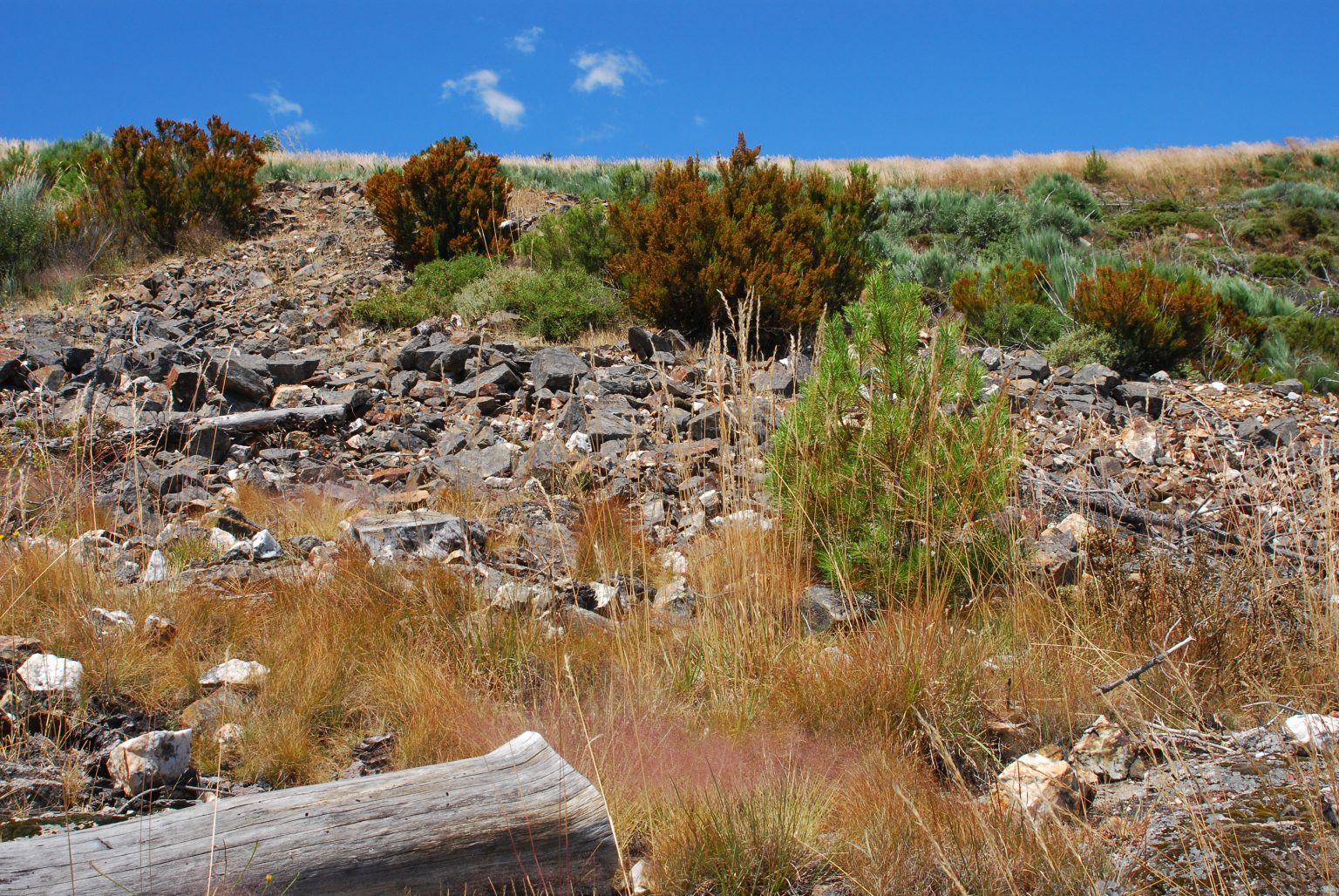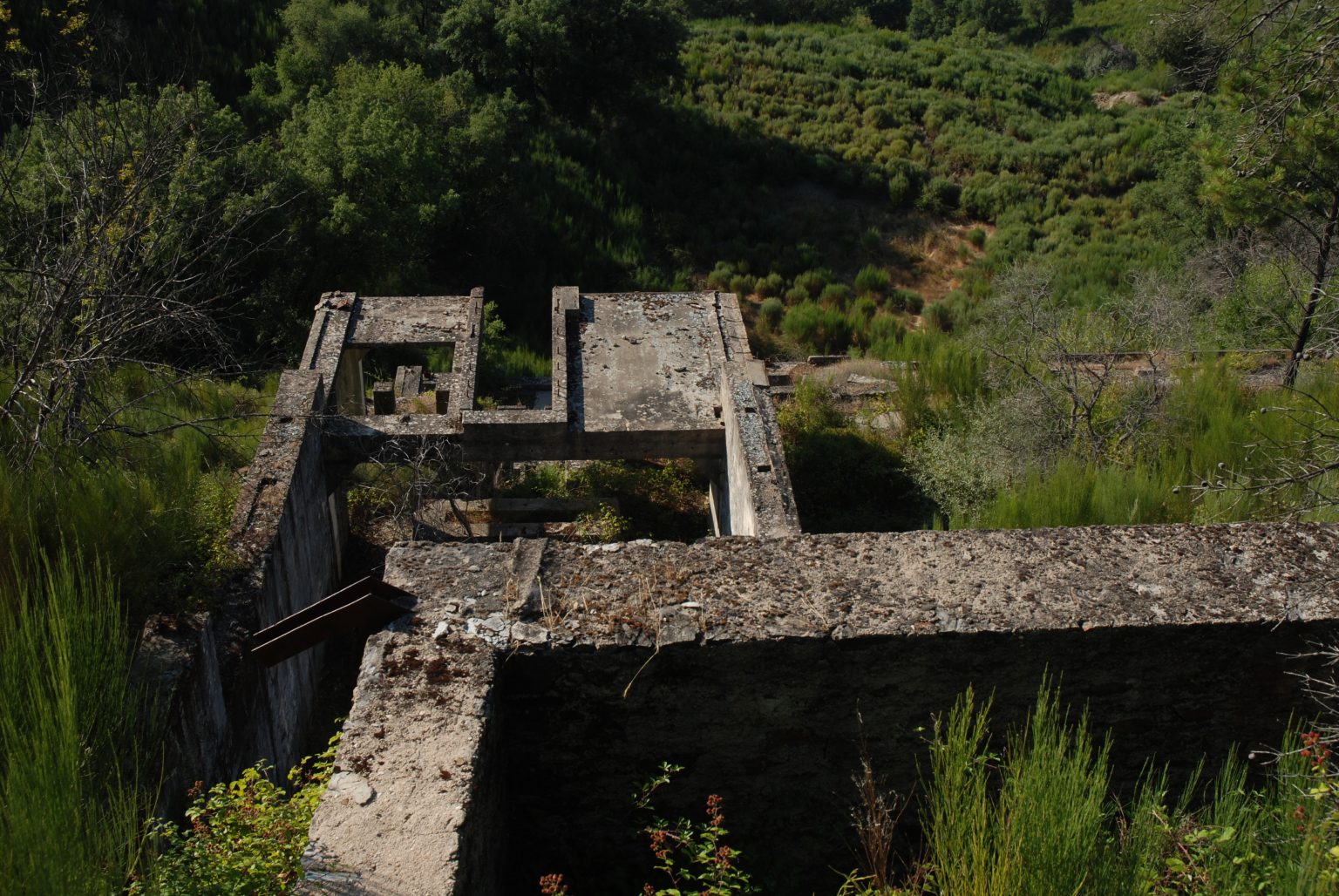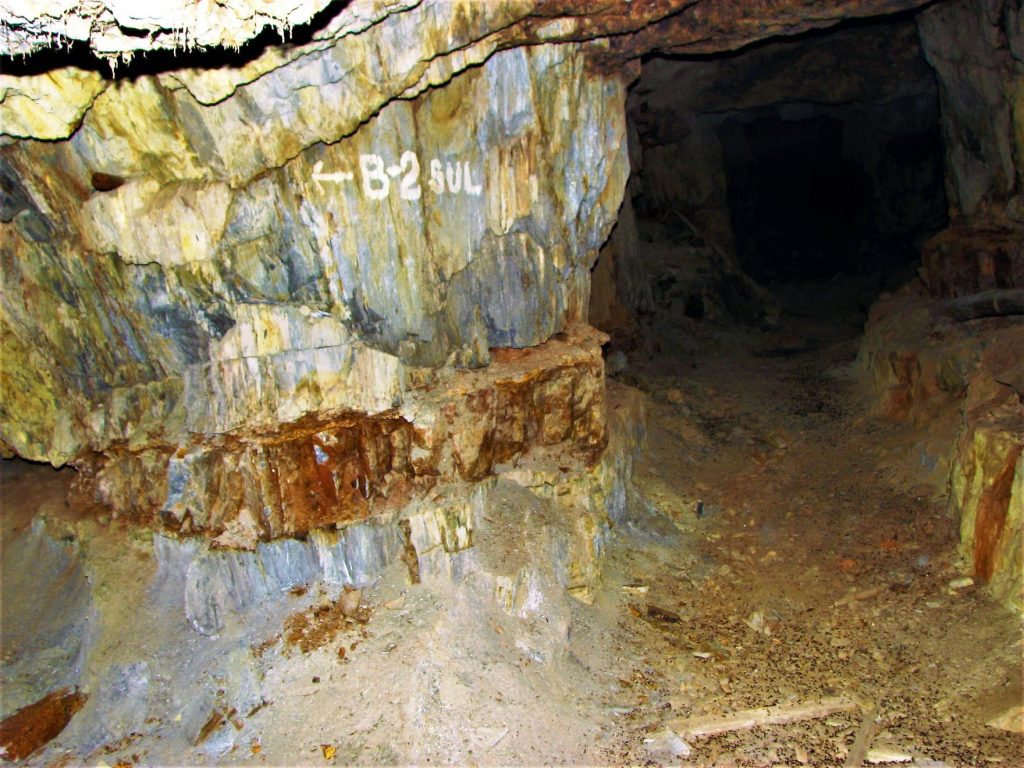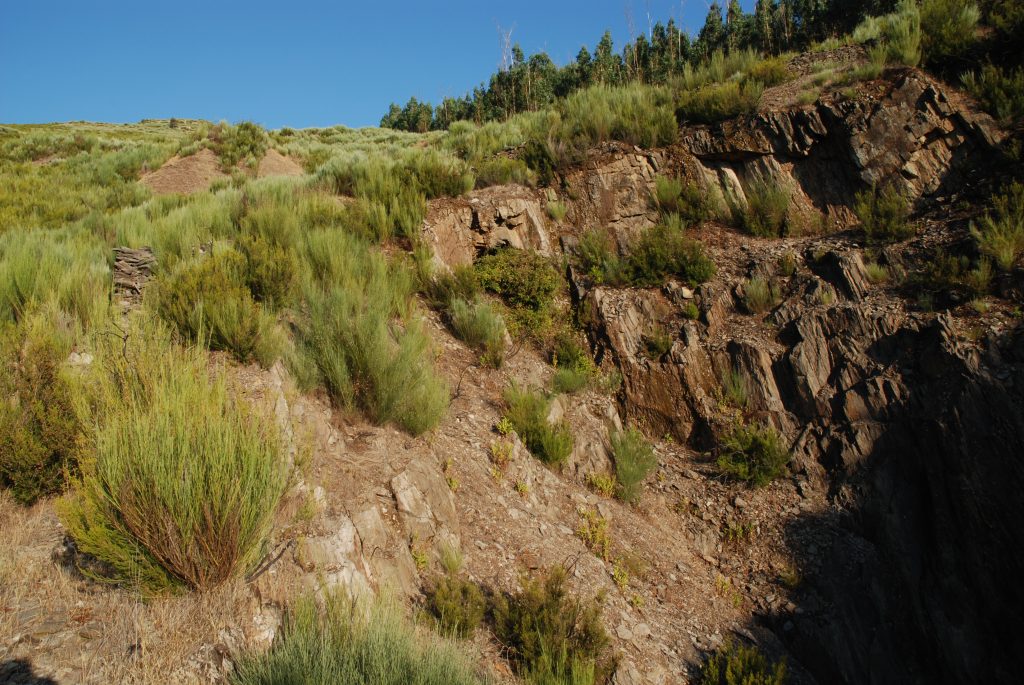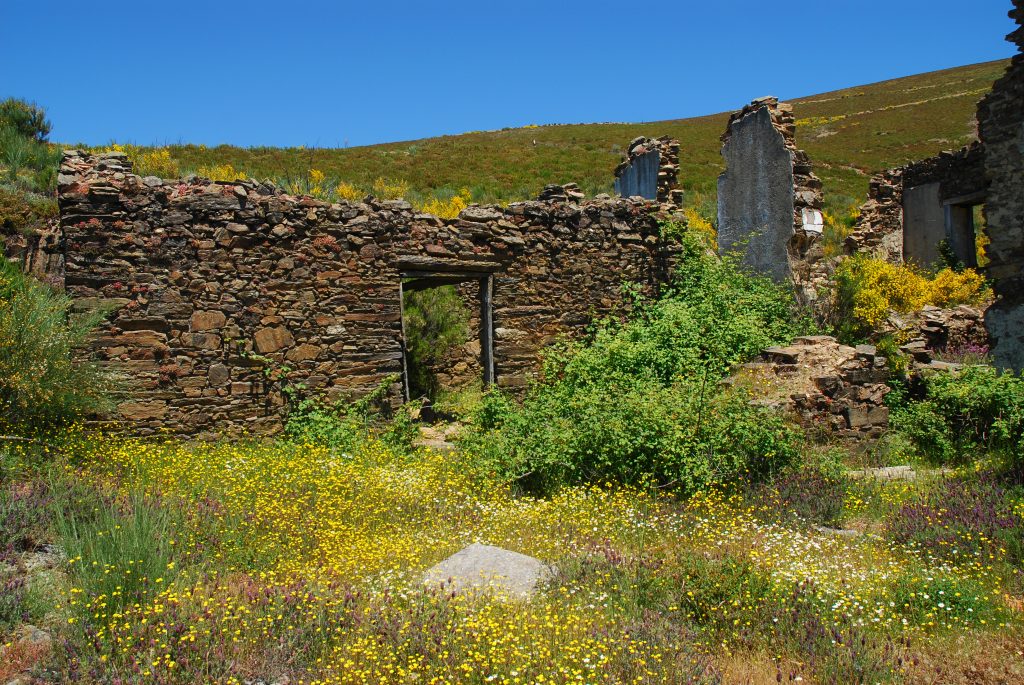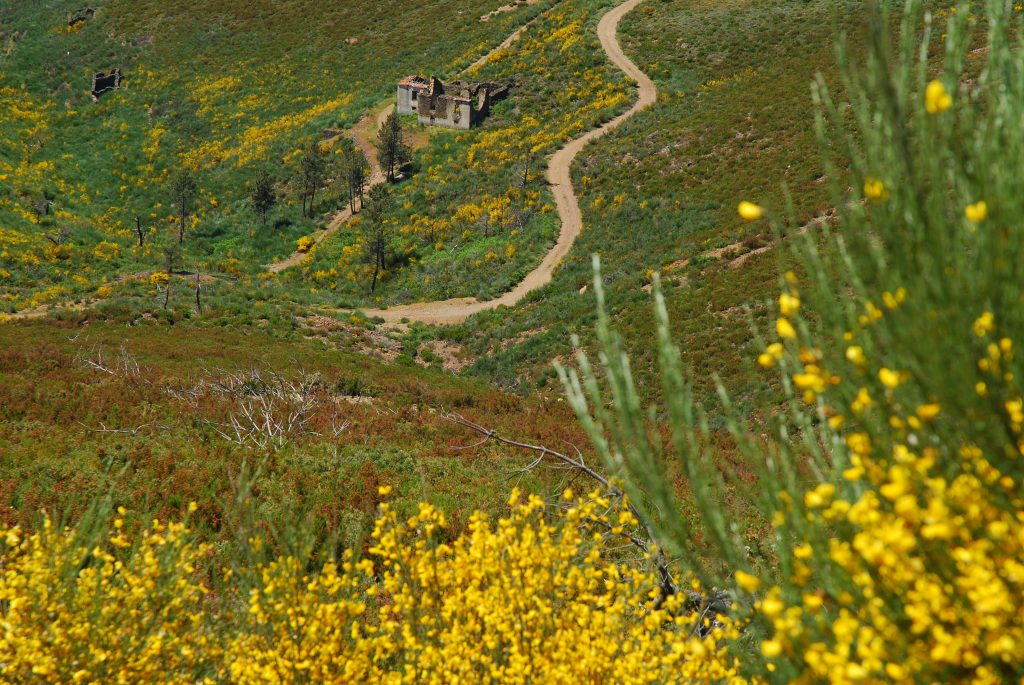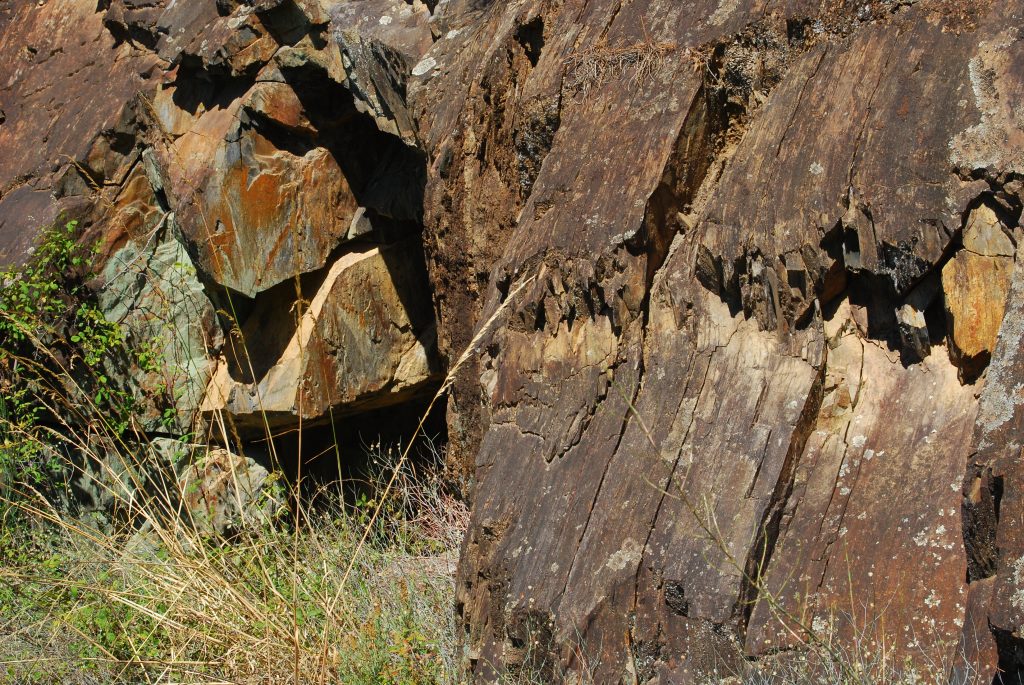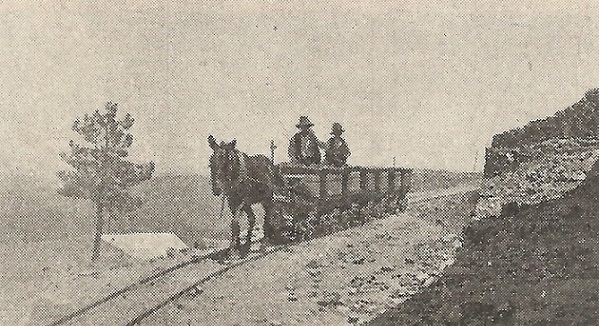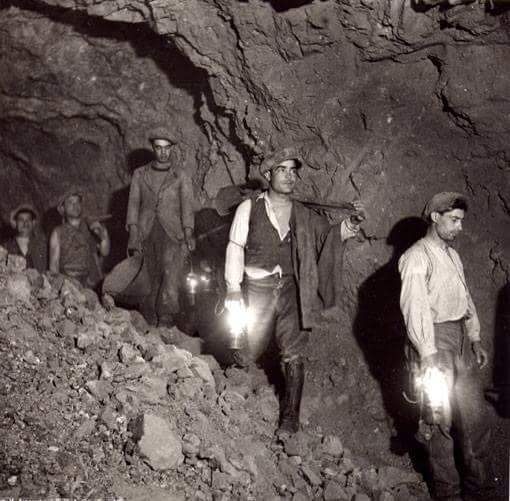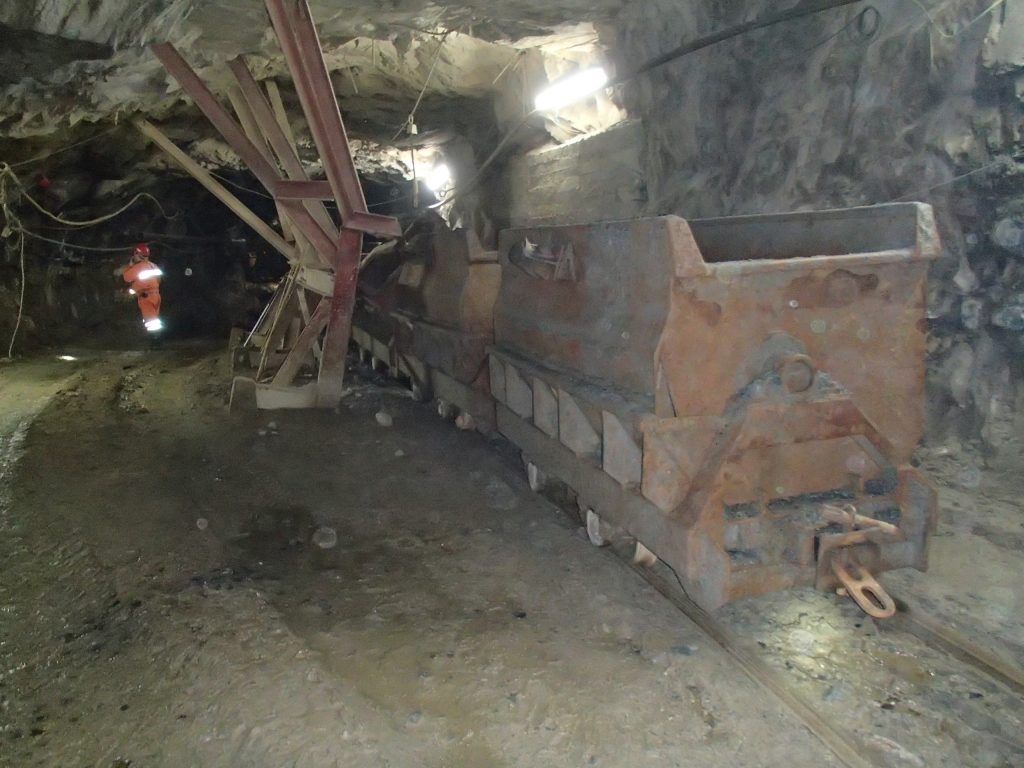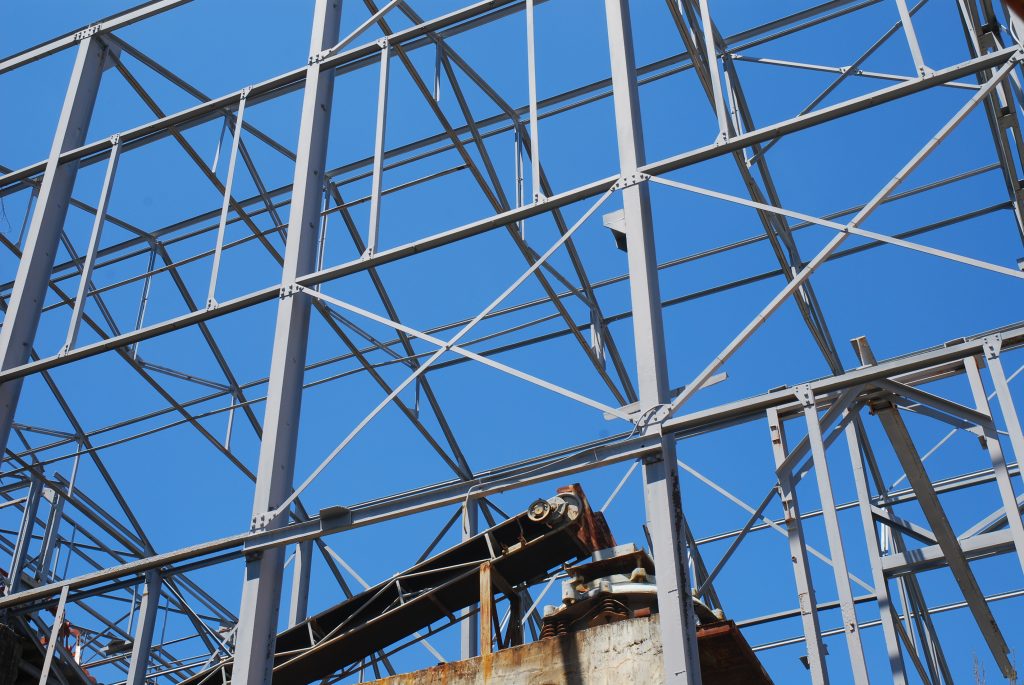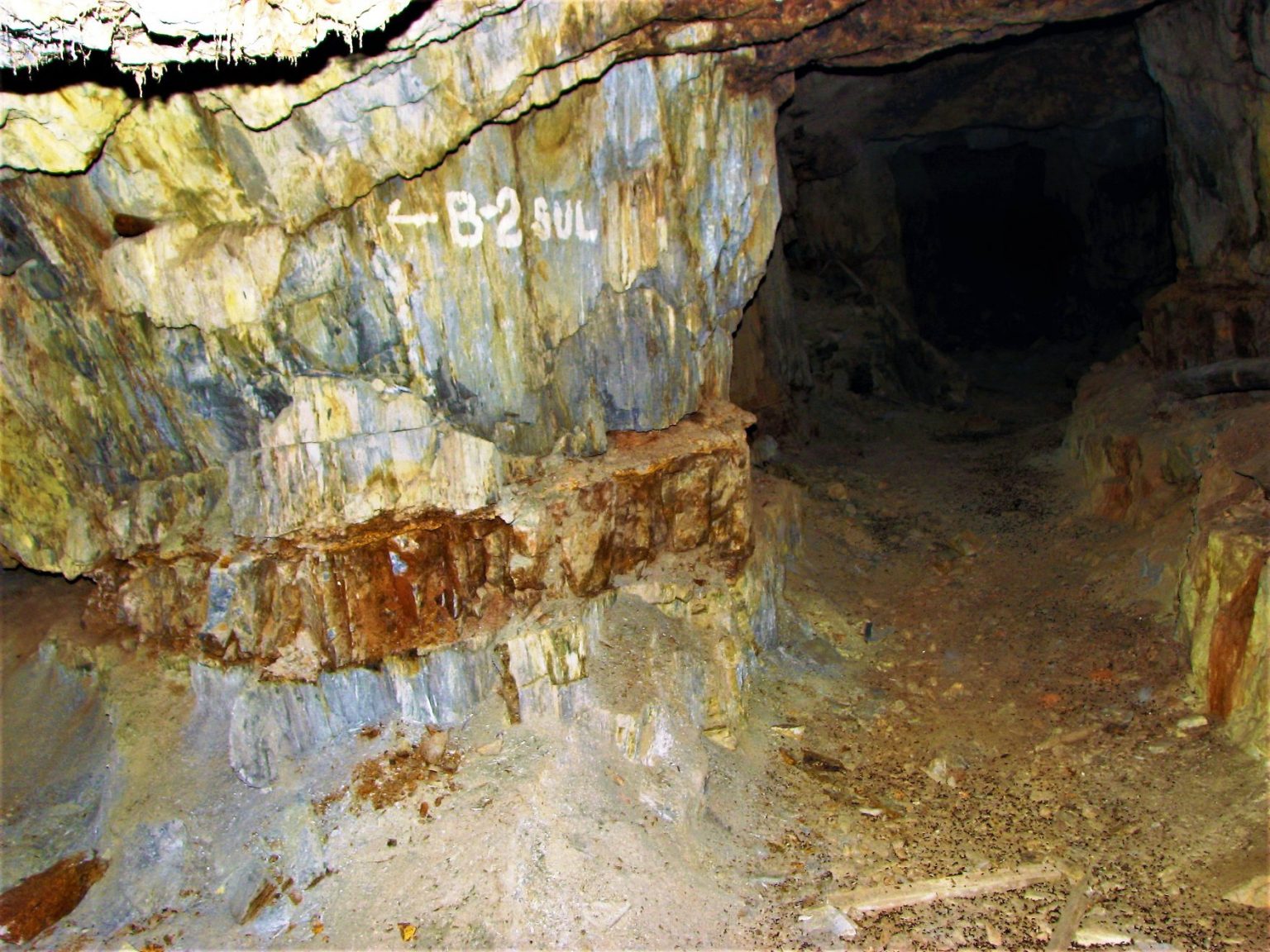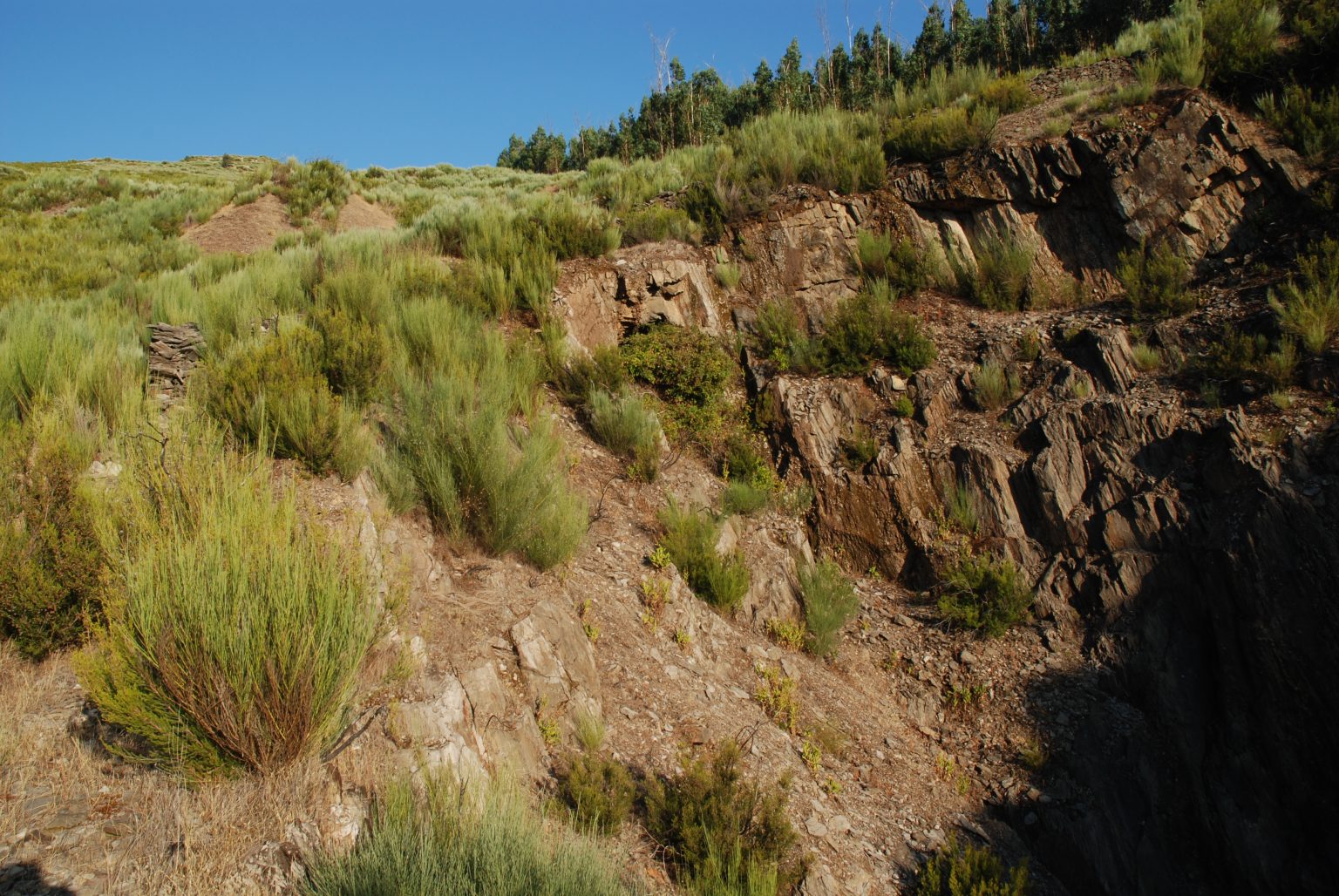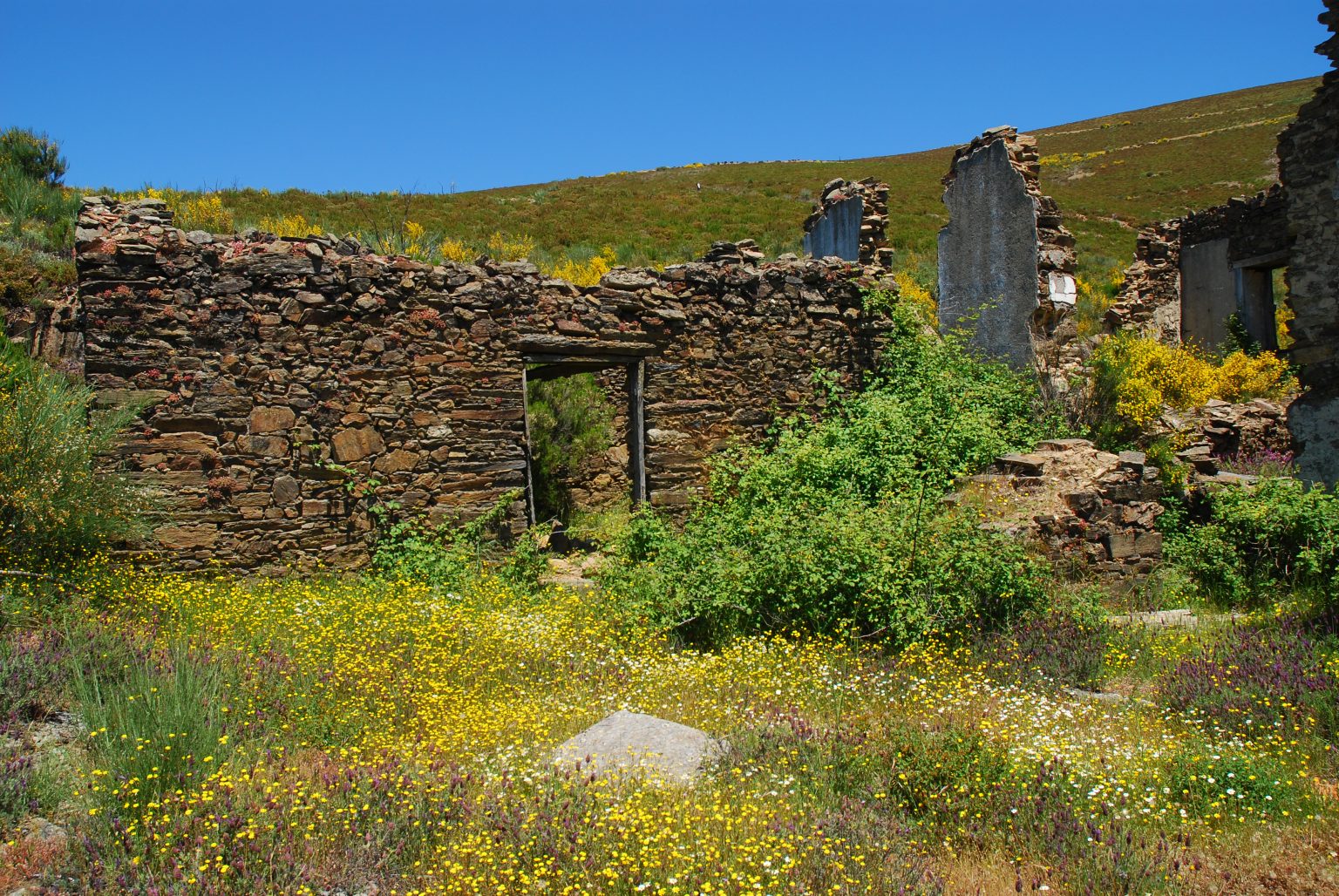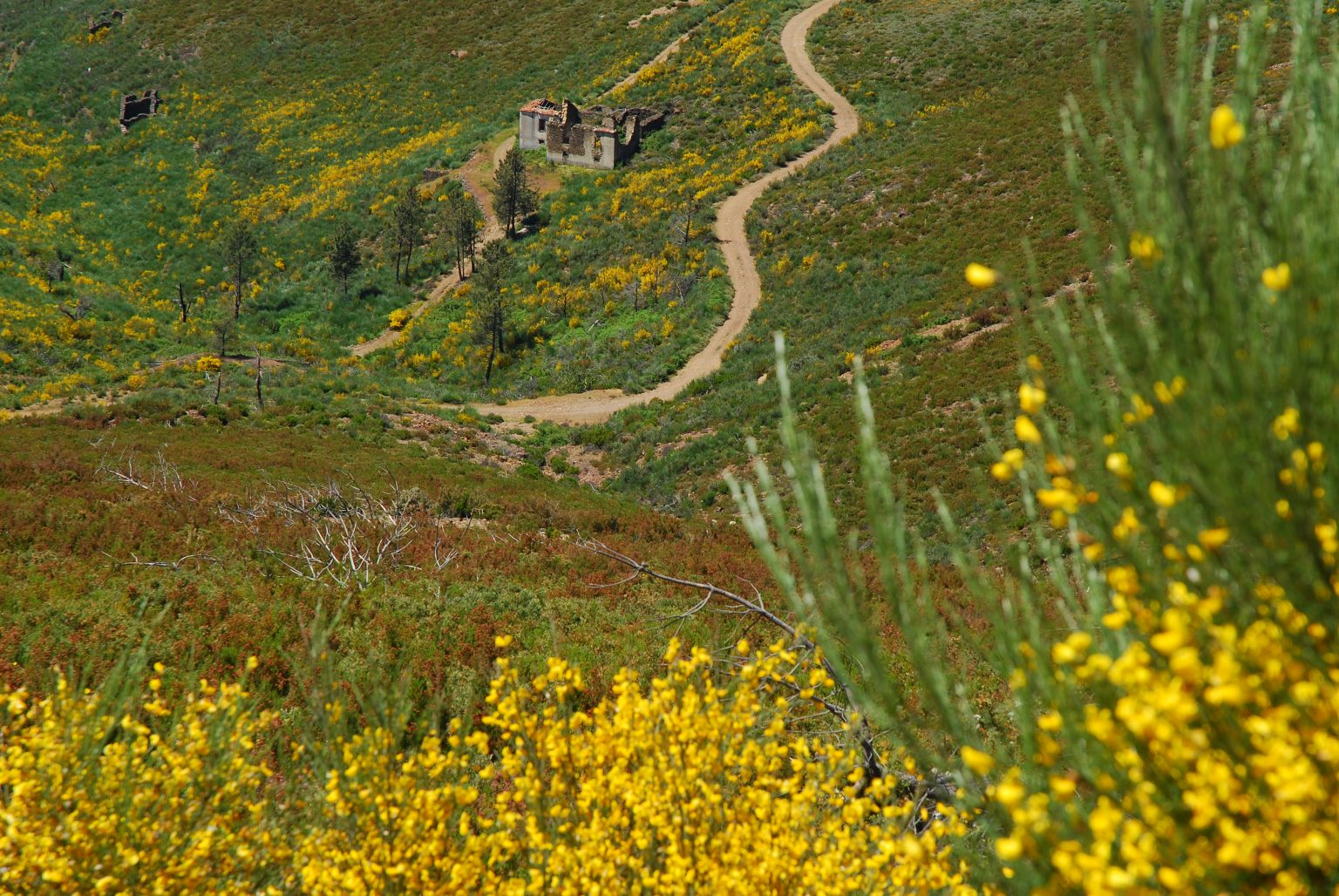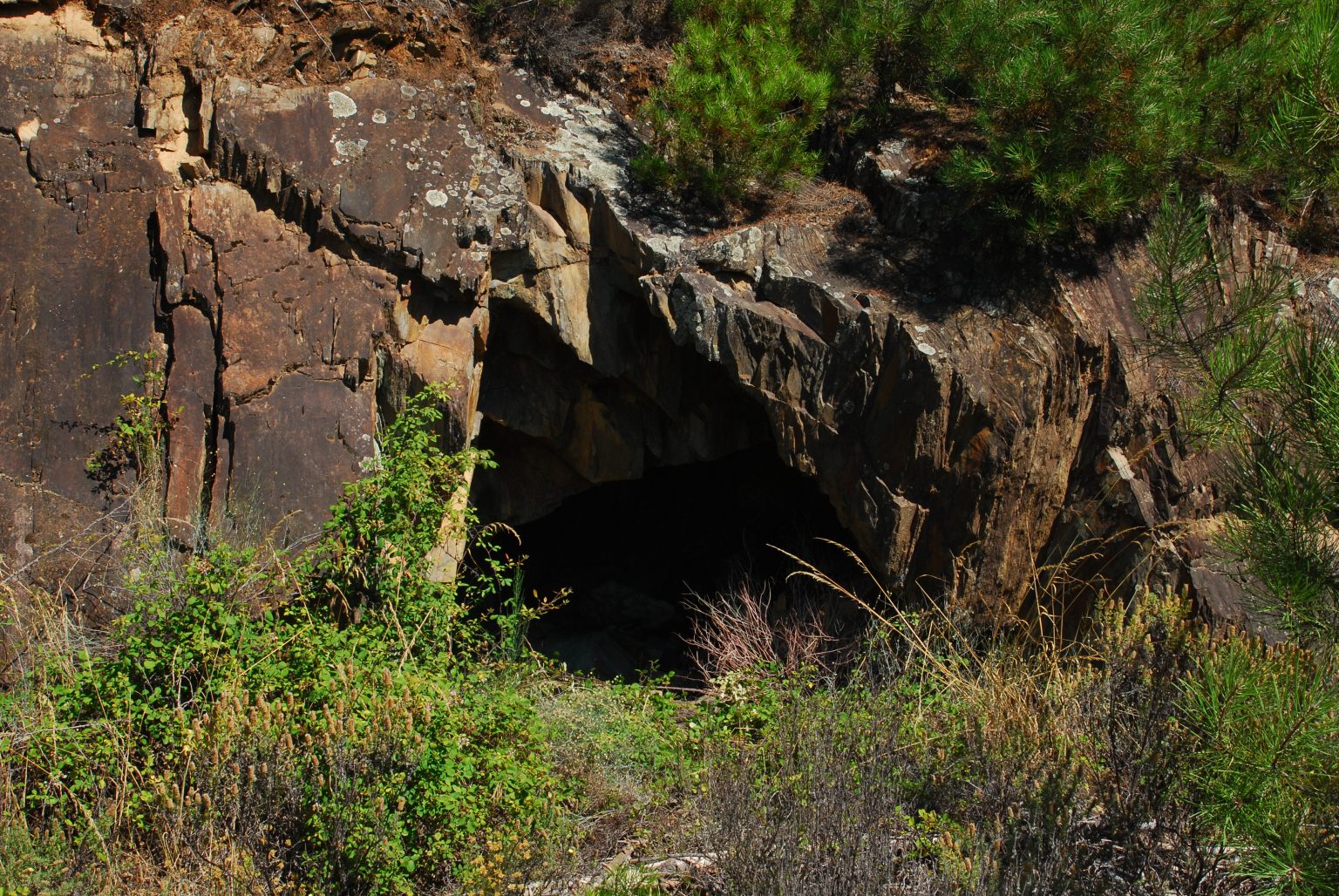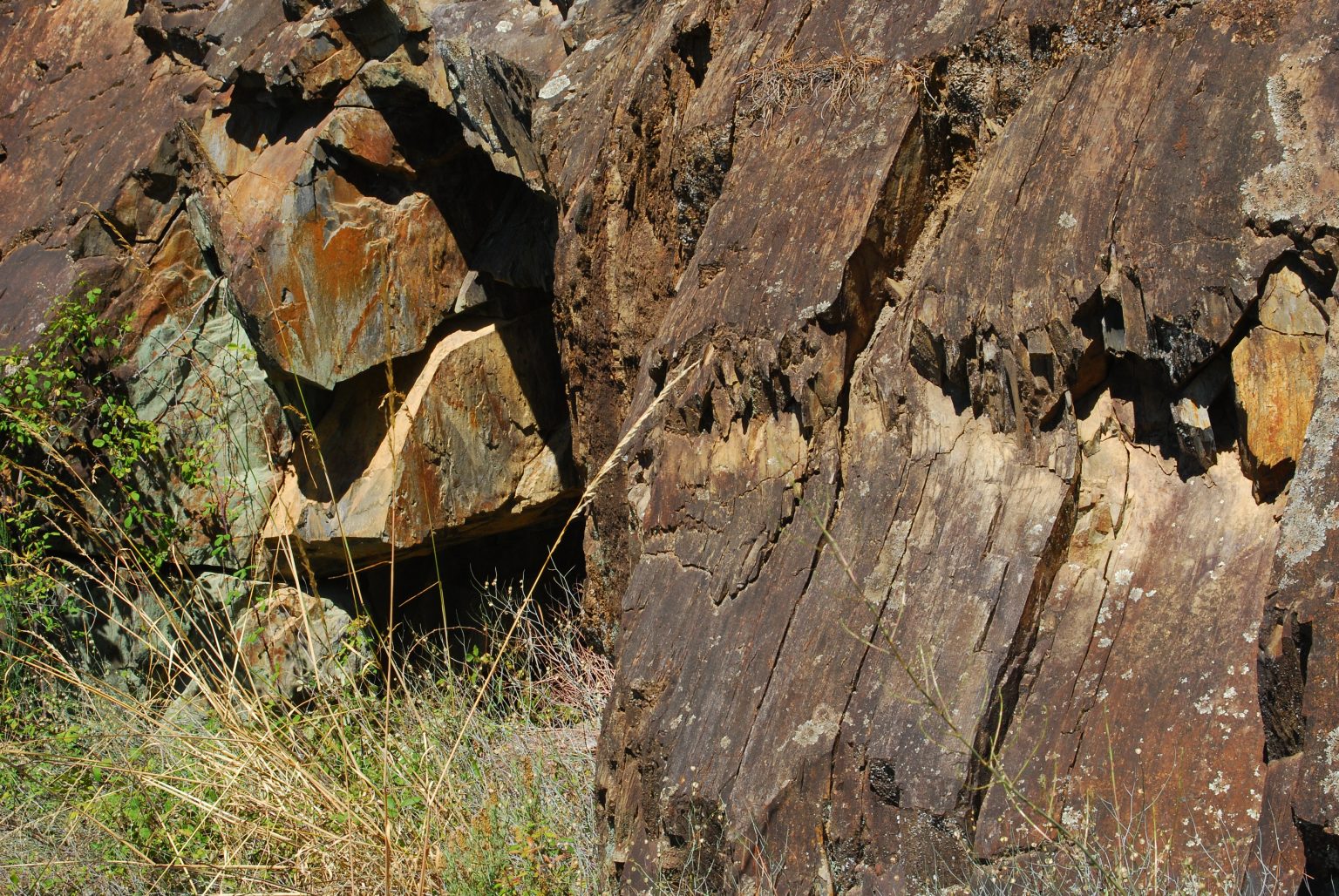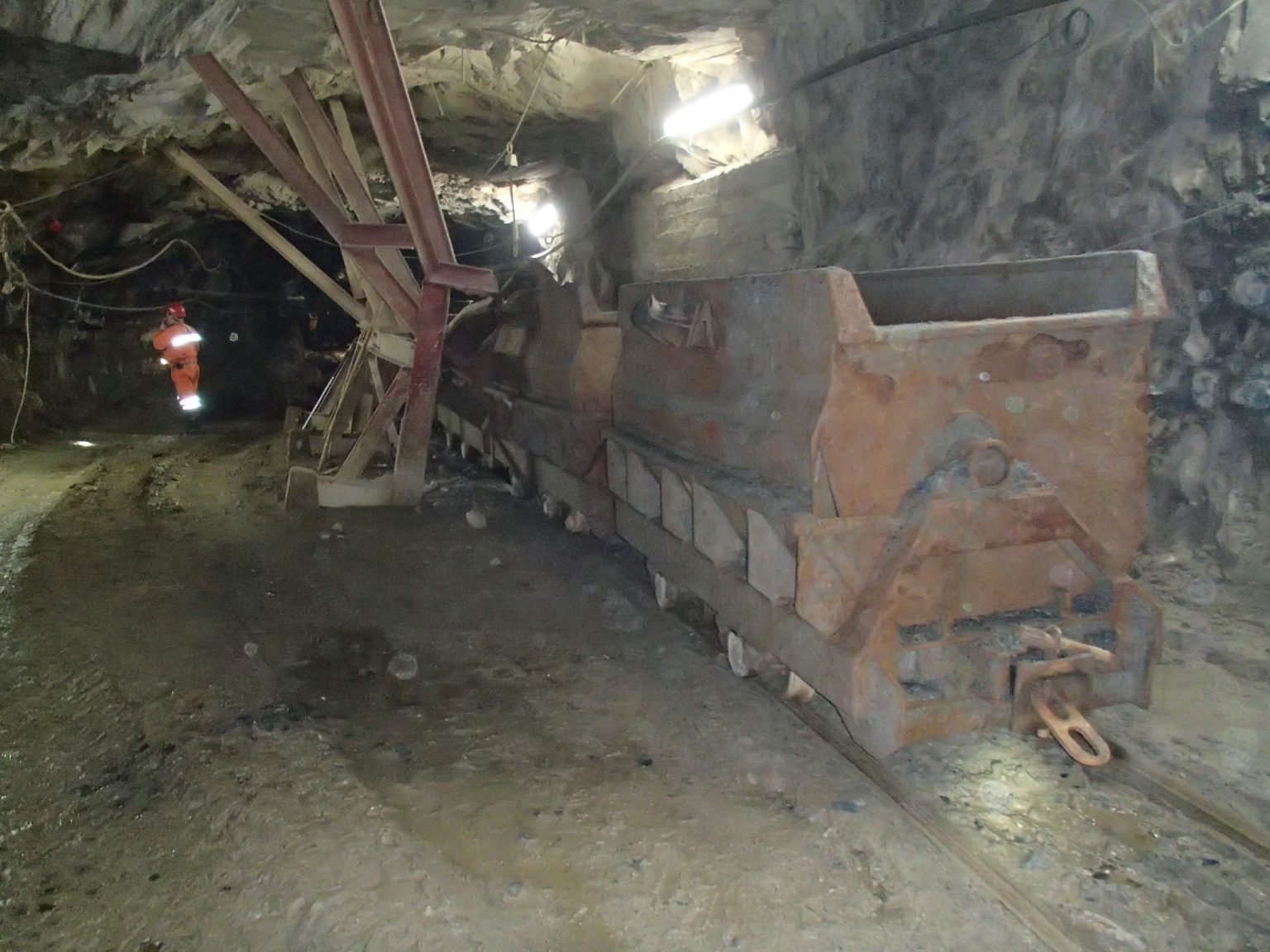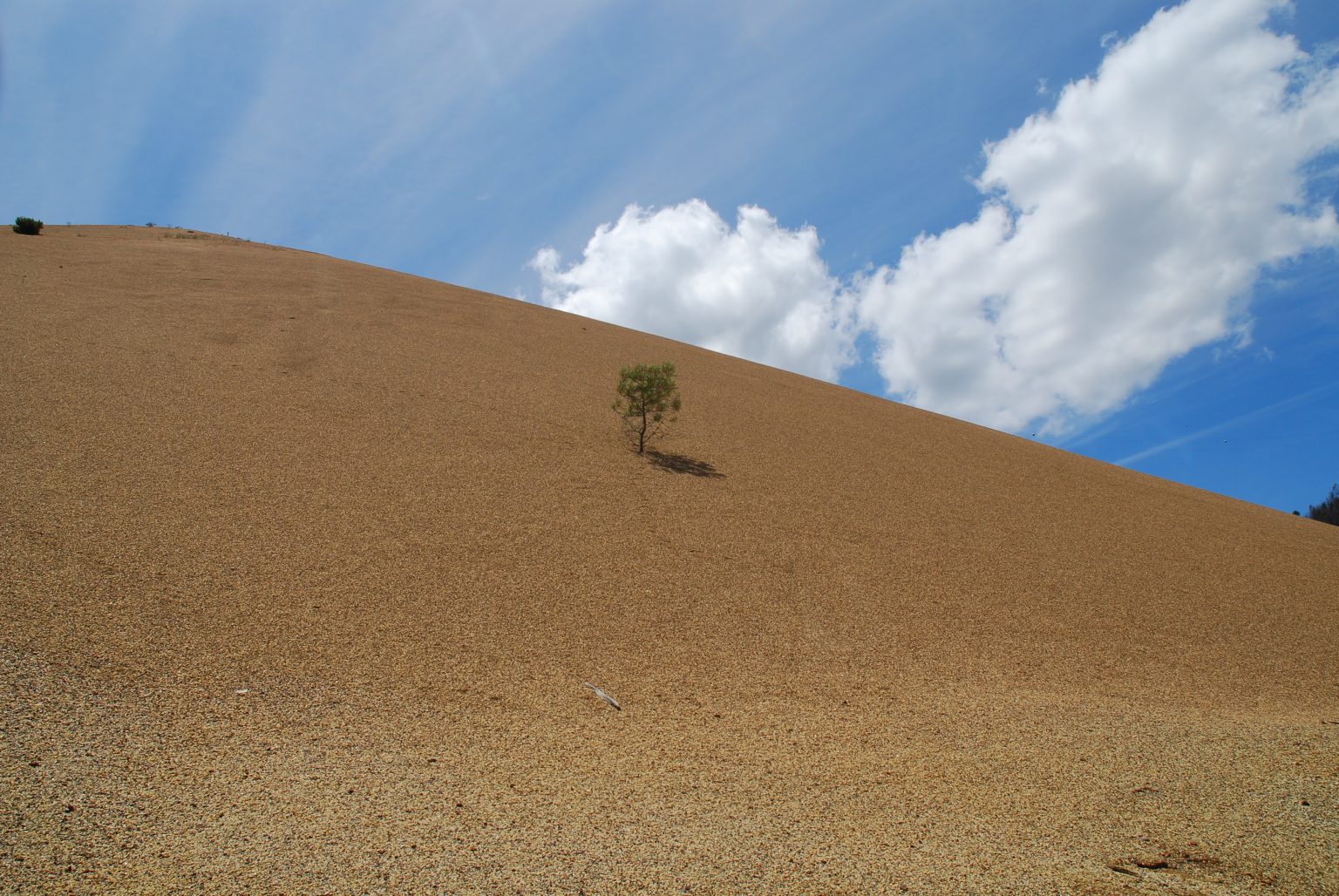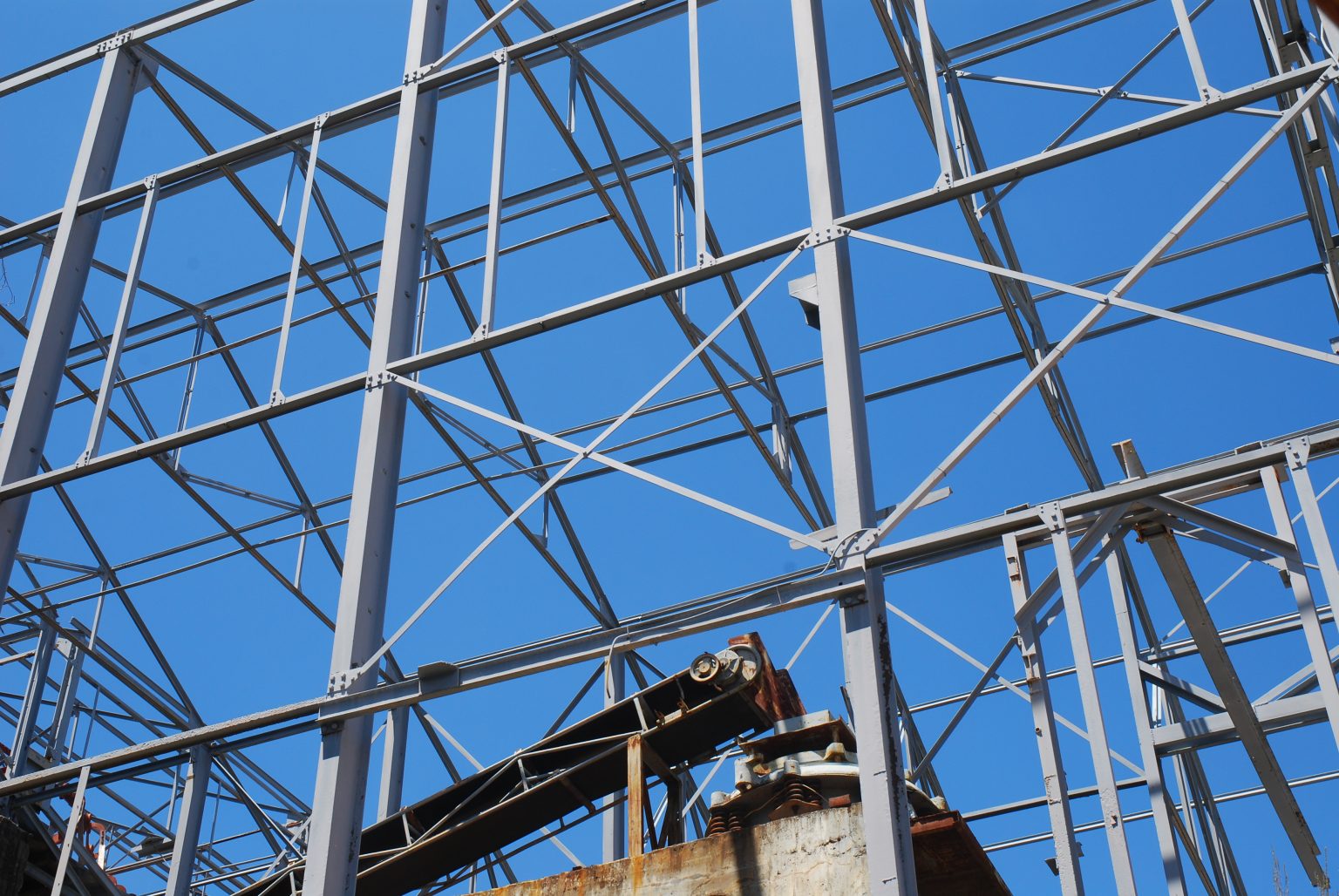The mines yesterday and today
Mining in the Tungsten and Tin Lands
Mining in the Tungsten and Tin Lands goes back at least three millennia, since the primitive inhabitants of the Argemela (Barco) settlement were also miners and smelters. However, it was with the discovery of tungsten in the Vale da Ermida (in what is now the parish of S. Jorge da Beira), at the end of the 19th century, that the mining vocation of this territory truly began. This first concession was registered in September 1881, the richness of the deposit was recognised from the outset and the progression in demand and appreciation of the ore, especially for its use in electrical filaments and high-strength metal alloys, led to the concession being passed on to different capitalists and companies until it was taken over in 1927 by Beralt Tin and Wolfram Limited.
From its beginnings to the present day there is a winding historical path, in which the period of the Second World War is the zenith, as the price of wolfram reached maximum prices, leading to a rush for so-called black gold, with estimates indicating that there were more than 10,000 people involved in the search for the ore; either as workers in the mines, or in an independent regime, designated by the kilo, in mining concessions or on private land.
The desire for rapid enrichment led to the emergence of another category of exploitation, the so-called saltipilha, clandestine and illegal, which involved entering the galleries through ventilation shafts and harvesting ore previously hidden in the concessions or surface mines, being sold to “candongueiros” who then forwarded it, either to the Allies or to the Germans.
Although wolfram and tin were, and still are, mined in the area known as the Panasqueira Mining Estate, there were other smaller mining operations spread throughout the territory, namely in Barco (Argemela and Recheira mines), Peso and Cortes do Meio.
The Panasqueira deposits continue to be exploited; every day x miners go down to the mines, X kilos of wolfram come out of them, generating x tonnes of slag deposited in their monumental heaps. As they progress through the galleries, the miners sometimes find crystals that are real jewels, making Panasqueira a world-famous place for mineral collectors.
